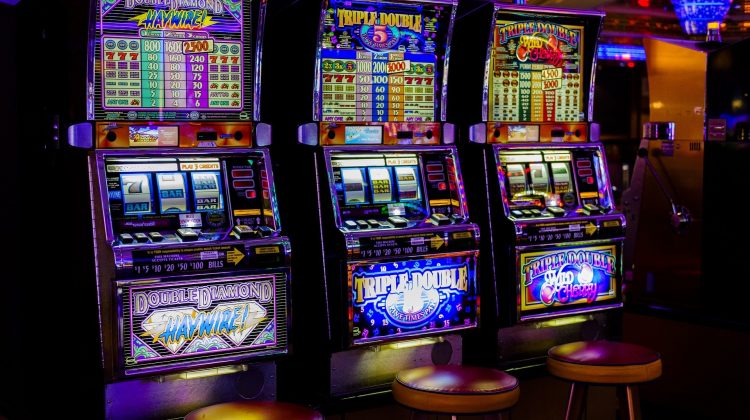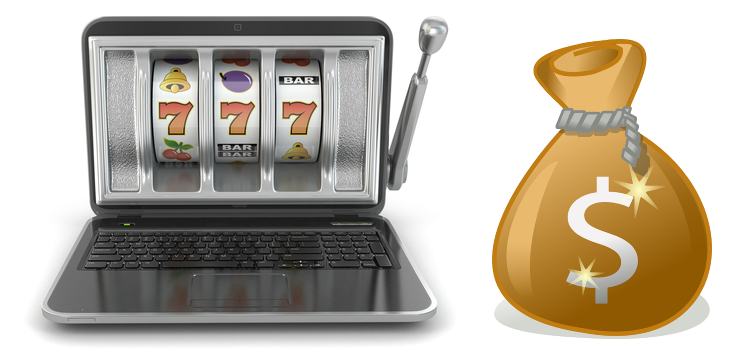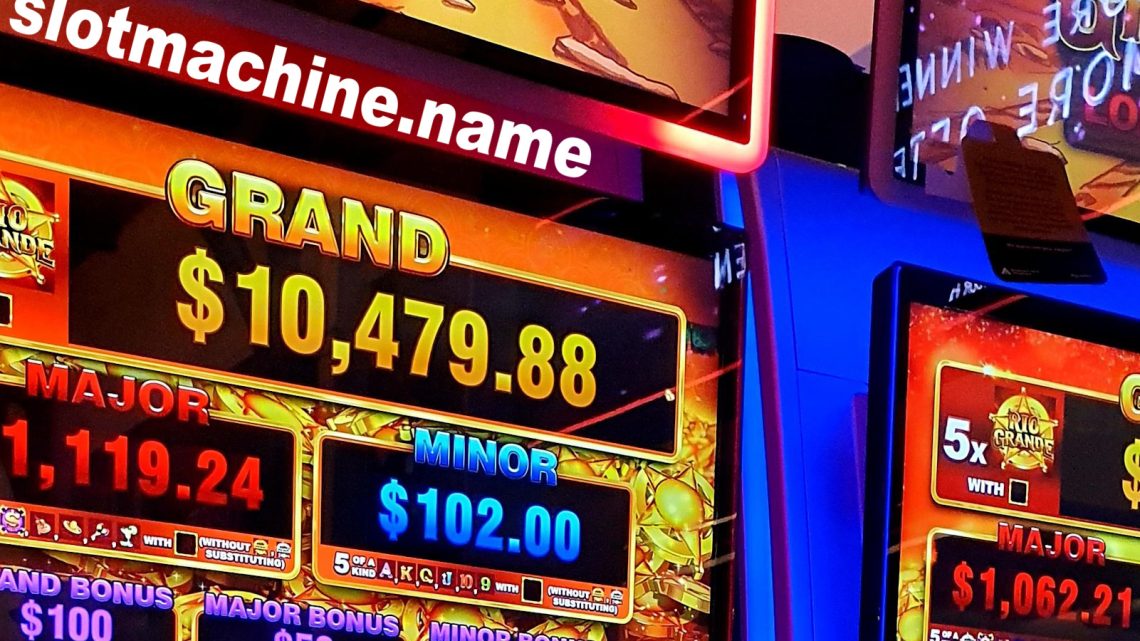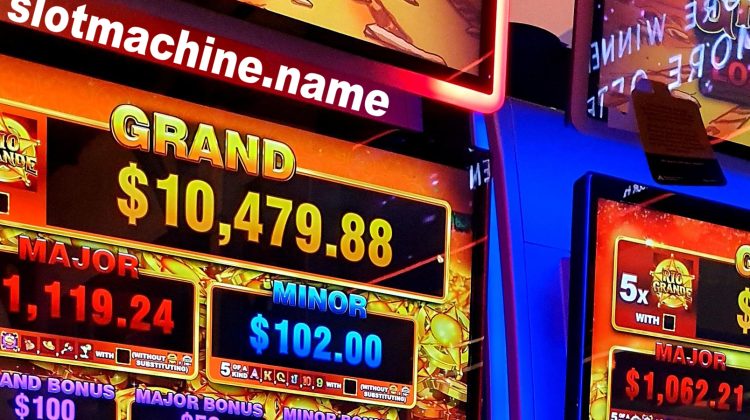Before approaching the table, have your buy-in money ready in your pocket. Don’t fiddle with your wallet at the table, showing other players how thick it is with hundred-dollar bills.
When taking a position at the table, a game will likely be in progress. You can buy-in at any time; you don’t have to wait for the current game to end. However, don’t drop your money if the shooter is getting ready to throw. Wait until the shooter throws, then wait until the dealer finishes paying off all bets for that roll. While the stickman still holds the dice in the center of the table (before he pushes them to the shooter for another roll), ensure you have the dealer’s attention and drop your buy-in money in front of you in the Come area. As you drop your money, say in a strong voice so the dealer and boxman can hear you, “Change only, please.”
“Change only, please,” makes it clear to the crew that you’re not making any bets with your cash; you simply want to exchange it for chips. The dealer responds so the boxman can hear, “Cheque change only,” then picks up your cash and places it in front of the boxman. The boxman counts it to verify the amount and turns it facedown so the camera can get a good look at the denominations before pushing it down the money slot. When the boxman gives the okay, the dealer places a stack of chips in front of you. Pick up your chips immediately, unless the shooter is getting ready to throw. Never reach down into the table when the shooter is about to throw. It’s considered bad luck if a die hits your hand. If a 7 shows after hitting your hand, the whole table gets mad and blames you for causing a 7-out.
Put your chips in the chip rack directly in front of you. If the dealer gives you chips in different denominations, immediately arrange them in your rack so the higher-denomination chips are in the center (i.e., surrounded on both sides by the lower-denomination chips). This protects your higher-denomination chips from theft. For example, suppose your buy-in is $200. The dealer typically gives you four green chips ($25 each), 18 red chips ($5 each), and 10 white chips ($1 each). Make sure you protect those green chips by putting them between the red or white ones.
This seems trivial, but there’s a good reason for it. Most people with whom you gamble are fairly honest, but the moment you let your guard down is probably when you’ll get hit. Look at the boxman’s huge chip stack. Notice that the $1 chips are on the outside ends of the stack, then the $5 chips, then the $25 chips, and so on. The highest-denomination chips are in the center. When in the center and protected, the chips are less vulnerable to theft. Same goes for your chips.
A thief typically sneaks one of your chips when you’re leaning over the table or otherwise distracted. For example, as you lean over to roll the dice, the natural tendency is to remain leaning until the dice have stopped. Everyone’s attention, even the crew’s, is typically on the dice at the opposite end of the table. This is an optimal time for a thief to reach for your stack and sneak a chip. It’s too difficult for a thief to sneak one from the center of your stack, so he usually goes for one on the end. If a thief sees your $1 or $5 chips on the outside of your chip stack, he’ll likely find another player with unprotected high-denomination chips, rather than risk being caught for a measly $1 or $5.
Now you know! Learn more at http://www.learnthesecrettocraps.com/
By William Enslen Jr
Bill Enslen is a reliability engineer who routinely works with statistics. Having played and analyzed craps for 25 years, he’s compiled his winning secrets in a new eBook, which you can sample at http://www.learnthesecrettocraps.com/











No Comment